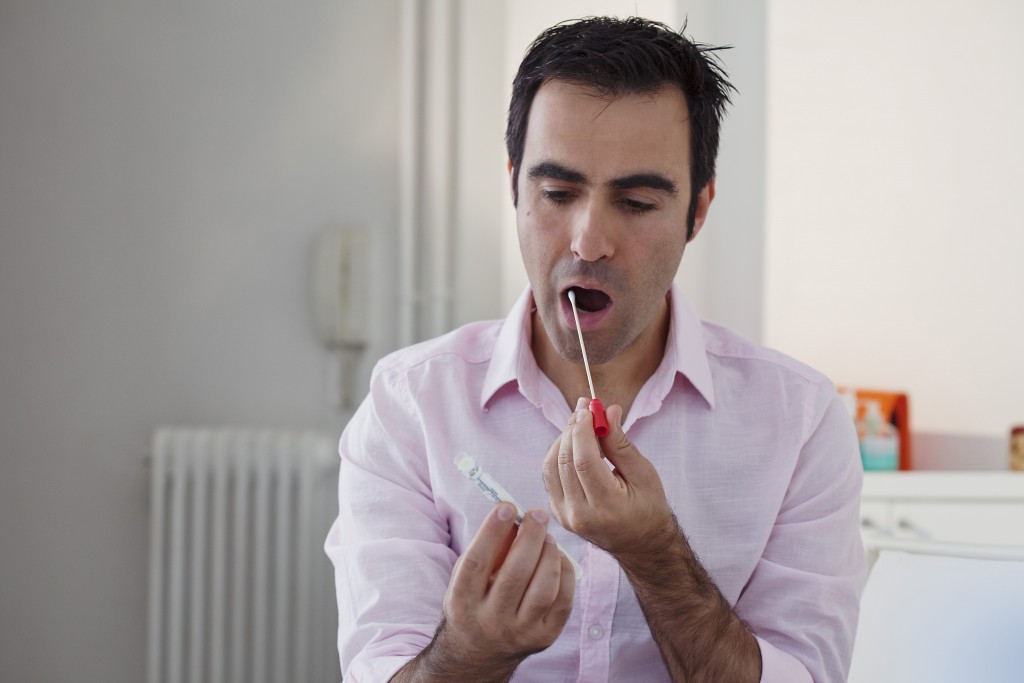Although everyone by now knows the protocols of wearing a mask while social distancing when at public places and regularly washing hands with soap and water—not everyone is aware of the importance of COVID-19 testing. As many individuals as possible, mass testing is crucial in ‘containing’ the pandemic and reducing the spread of the novel coronavirus.
The National Institutes of Health (NIH) released a program dubbed the ‘Rapid Acceleration of Diagnostics Initiative’ or RADx program for short, offering solutions to stop the spread of the virus, further emphasizing the importance of COVID-19 testing. The program encourages individuals to undergo mass testing and SARS-CoV-2 inhibitor screening and develop community-based approaches to determine the best ways to implement testing and prevention strategies for the most affected populations.
Medical experts and scientists worldwide are working hard to establish programs that ensure access to and accept fast, reliable, and accurate testing globally. Testing can help individuals determine if they’re infected with SARS-CoV-2, whether they’re experiencing symptoms or not—and if they’re at risk of spreading the virus to others. Taking the usual safety precautions of regularly washing hands, wearing masks, social distancing, and avoiding mass gatherings alongside regular testing can prevent the spread of the infection, bringing everyone’s lives closer to the ‘old normal.’
With that in mind, here are more reasons why widespread testing for COVID-19 is crucial and achievable.
Testing Can Save Lives
Testing everyone in a community for the virus, including asymptomatic individuals (showing no symptoms) or pre-symptomatic individuals (beginning to experience symptoms), can help contain the spread of the virus by quickly identifying infected people. It allows people to isolate themselves from their peers faster, reducing their chances of infecting others and enabling them to seek treatment early on, further reducing disease severity and the risk of long-term disability—and death.
Additionally, testing individuals who had been in contact with individuals who have a documented past infection is crucial. That’s because a negative test result doesn’t mean you’re safe. After all, you can still become infectious later. That’s why even after testing negative, you’ll need to continue to protect yourself by doing the usual protocols.
Since it’s widely recognized that asymptomatic individuals transmit most SARS-CoV-2 infections, it’s vital to identify individuals while they’re only at the pre-symptomatic stage. Many researchers believe it can help stop the pandemic.
Testing Is Easy and Quick
In the first few months of the pandemic, the only test available required a person to get a sample from the back of their throat, and though it’s still the preferred method in many countries—newer developments are rising. These include NIH’s projects, the RADx Tech program, and Advanced Technology Platforms, offering more comfortable and equally reliable tests that obtain samples from inside the nose instead of the throat.
Getting a positive test for SARS-CoV-2 indicates that a person got infected with the virus, and knowing this as soon as possible is crucial as it not only saves your life—it protects the lives of others around you. It helps infected people get treated quicker and take the necessary steps to minimize the spread. Fortunately for the fast developments, lab equipment has improved, and capacity and supply expanded, with test results being returned in 3 to 4 days, saving many lives. Plus, there are point-of-care tests that people can do at home, providing a test result in less than 15 minutes.

It Matters More in Affected Communities
The ongoing pandemic disproportionately burdens specific communities consisting of minorities and people of color. Some of these people are essential workers who can’t work from home, increasing their risk of being exposed to the virus. Additionally, multi-generational living situations or housing arrangements involving several families enable the virus to spread faster if a single-family member gets infected. Plus, chronic medical conditions that worsen the virus’s health risks, including heart disease, diabetes, and obesity, are common in these areas.
Mass testing, especially to asymptomatic or pre-symptomatic individuals, is the best way to interrupt this inevitable spread. However, there’s still plenty of confusion about where to get tests and which people should get tested. However, it’s becoming clear that for an individual to test positive, they need to have a substantial amount of the virus in their systems, meaning if you’re asymptomatic or were told that you were in close contact with an infected individual—isolate yourself and get tested.
Besides getting tested, staying informed is crucial. That’s why most medical experts encourage people to look at the latest and trusted resources about COVID-19 regularly—and even though vaccines have become more increasingly accessible, cases are still on the rise. So, be proactive, get tested, and continue to protect yourself and others from getting infected, an takinnd act fast.
